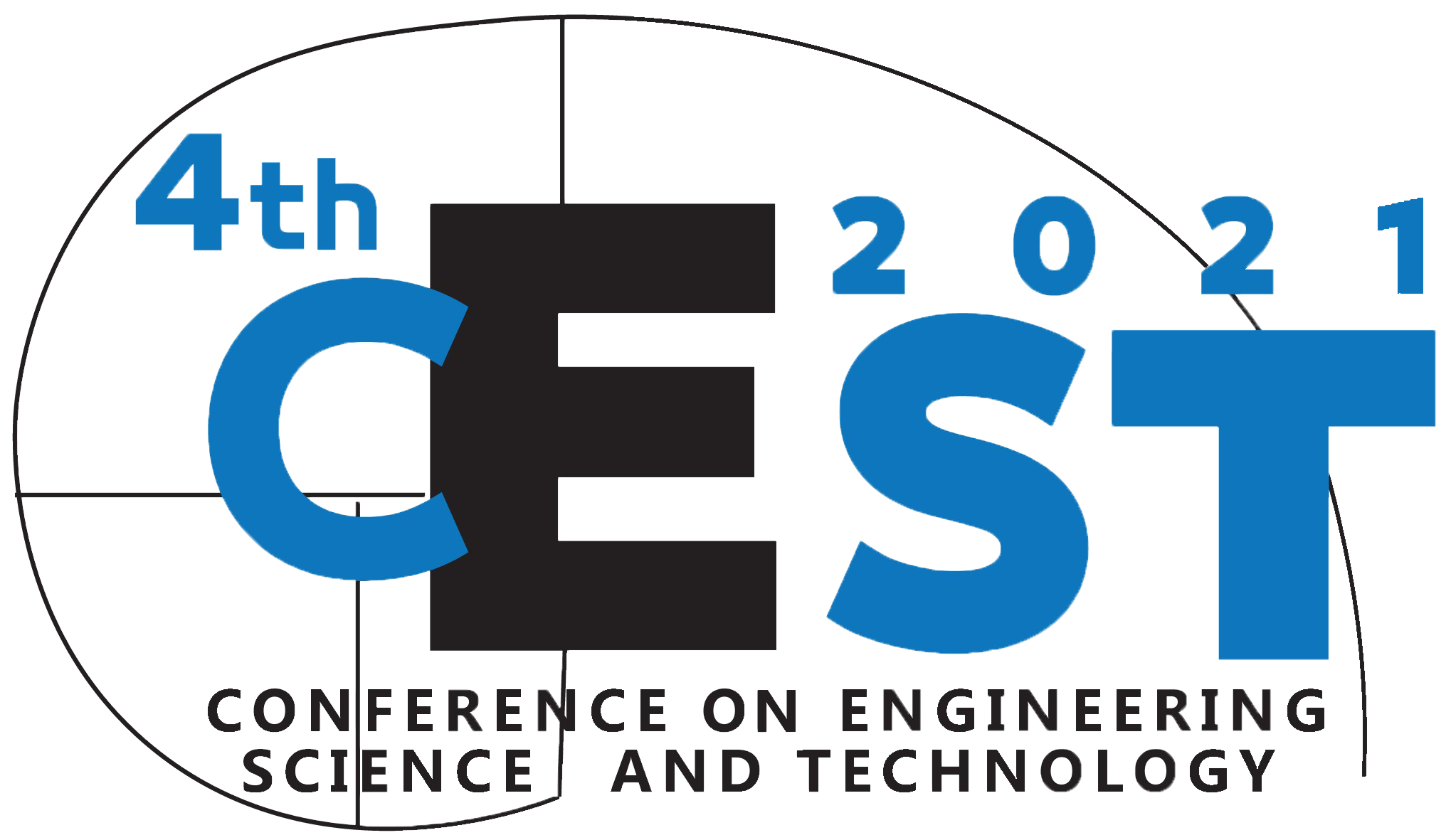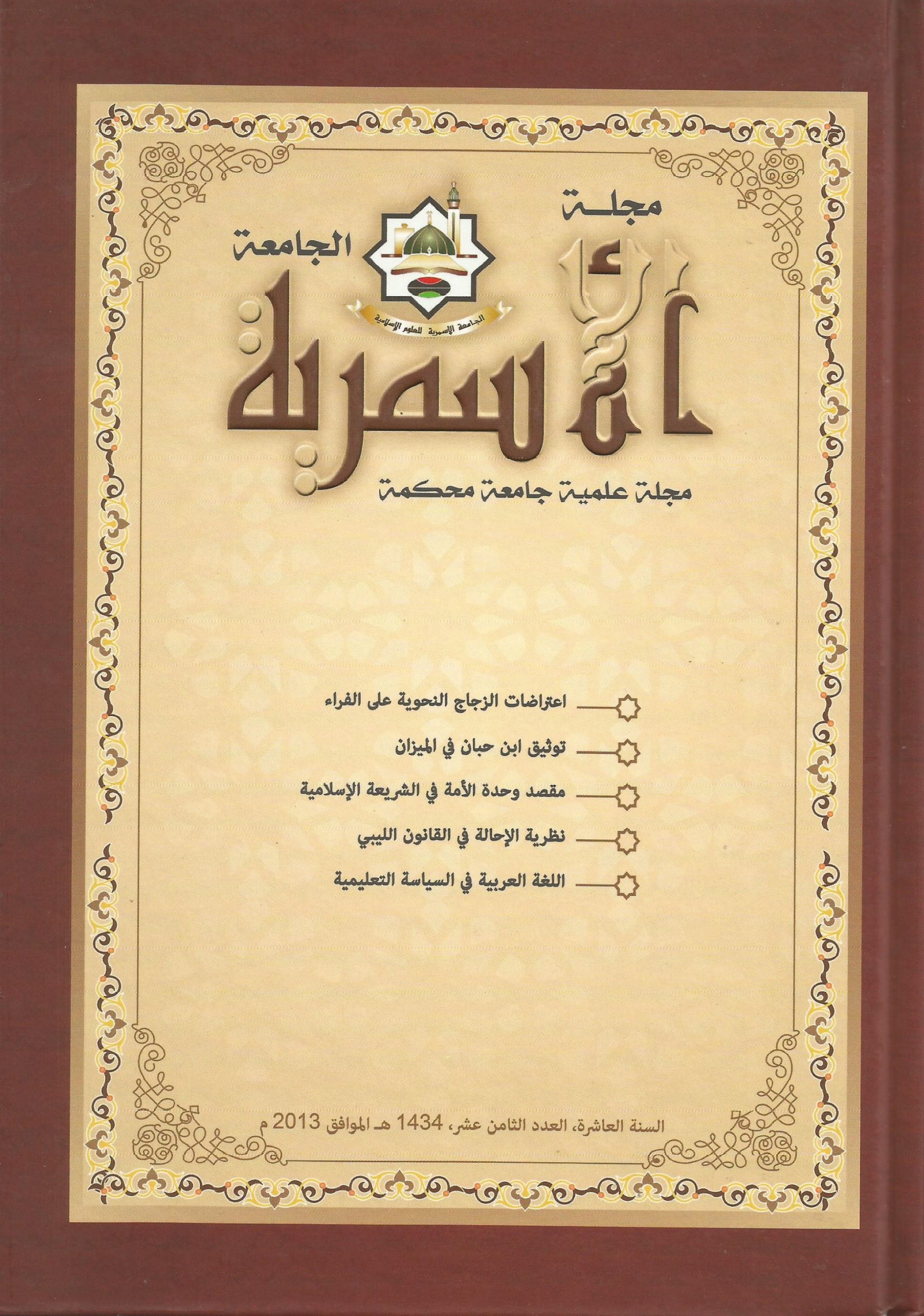An Analytical Study For The Utilization Of Waste Thermal Energy From Exhaust Gases In Lebda Cement Factory For The Generation Of Electric Power
Keywords:
Waste heat recovery, Rankin Cycle, Cement industryAbstract
Due to the rapid and significant development in building and construction projects, especially in developing countries such as Libya, and the accompanying increasing consumption of the basic material, which is cement, as the manufacture of this material accompanies a large consumption of energy. This study deals with the analysis of operational and design data as thermodynamic variables to assess the extent of utilization of lost thermal energy and the possibility of generating electrical power from it, thus reducing environmental damage. This research has studied and analyzed a model for recovering waste thermal energy from exhaust gases in Lebda Cement Factory for the purpose of generating electric power through the Rankin steam cycle, by utilizing two heat sources in the factory: the exhaust of the clinker cooler and the exhaust of thermal cyclones, where two heat exchangers were used: the first It is (SP- Boiler) that takes advantage of the high heat of the exhaust gases emitted from thermal cyclones and the second is (AQC- Boiler), which takes advantage of the heat of the gases resulting from cooling the clinker. This study analyzed the actual operational data collected from the factory control rooms and obtained through field visits to the factory. Through these obtained data, the energy balance was done on the heat exchangers used, the thermal energy of the steam generated in the Rankin steam cycle, and the analysis of the capacity and efficiency of the steam cycle using the Matlab program. Where the results showed that the power generated using this cycle is 9.014 MW, with an efficiency of 27.14%. In this work also, the effect of the steam temperature entering the turbine and the flow rate of the feed water on the thermodynamic performance rates represented in efficiency and capacity were studied.
Downloads
References
خواص المواد واختبارتها. أ.م محمود إمام، ود. محمد آمين "منشور جامعة المنصورة" 2007ف.
V. L. Eriksen. Heat Recovery Steam Generator Technology, Seventh Edition. 2017.
S. M. Bin Qadhi, A. A. Bawazir. Waste heat recovery system (WHRS) for cement industry - A case study for Hadhramout cement factory, Arabian Yemen Cement Company Limited (AYCCL) – MUKALLA – Hadhramout, 2018
J. N. Khordehgah, et al. Heat Recovery Technologies and Applications. April, 2018
Atm c , A. and Yumut ş, R., "Themodynmic and exergoeconomic analysis of a cement plant: Part II – Application", Energy Conversion and Management, 79 799-808 (2014). DOI: https://doi.org/10.1016/j.enconman.2013.11.054
دليل التتفتيش على صناعة الأسمنت. "منشور جامعة عين شمس" ديسمبر 2002ف
A. Kabul,، Ö. Kizilkan. Exergetic assessment of a rotary kiln for clinker production in cement industry, Jan 2015.
Waste Heat Recovery in Turkish Cement Industry. International finance corporation,.2018
مذكرات من وحدات الإنتاج بالمصنعين (لبدة - والمرقب).
Downloads
Published
Conference Proceedings Volume
Section
License
Copyright (c) 2021 فتحي كعوان، محمد الصويد ، حسن الدروقي ، كمال النفاتي، سراج الشريف

This work is licensed under a Creative Commons Attribution 4.0 International License.





